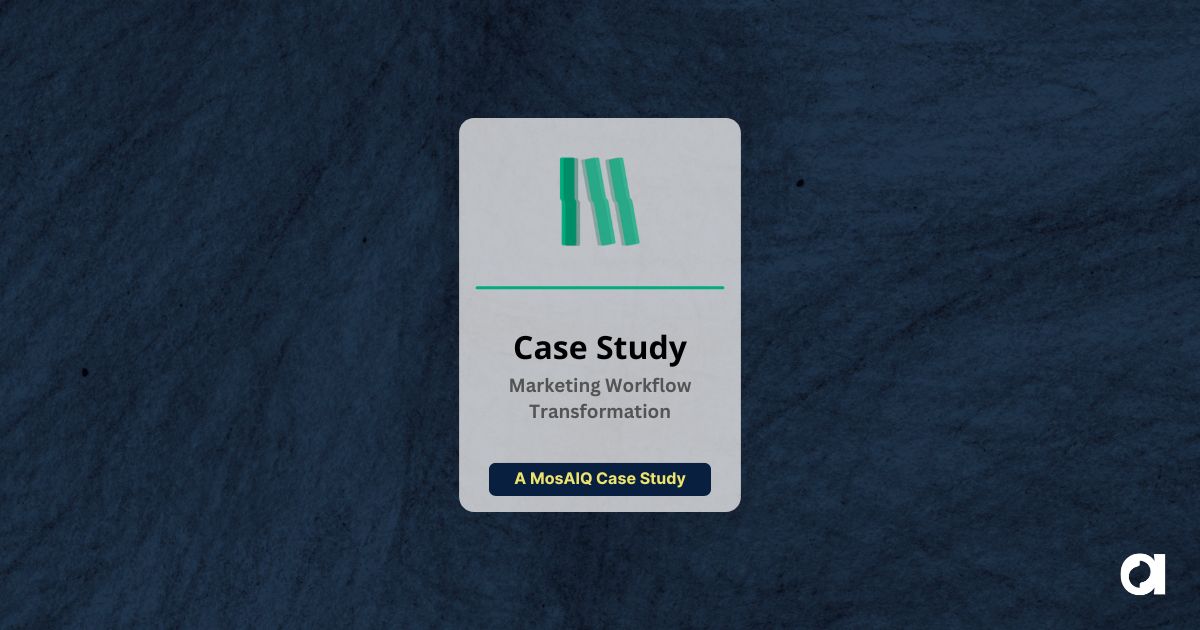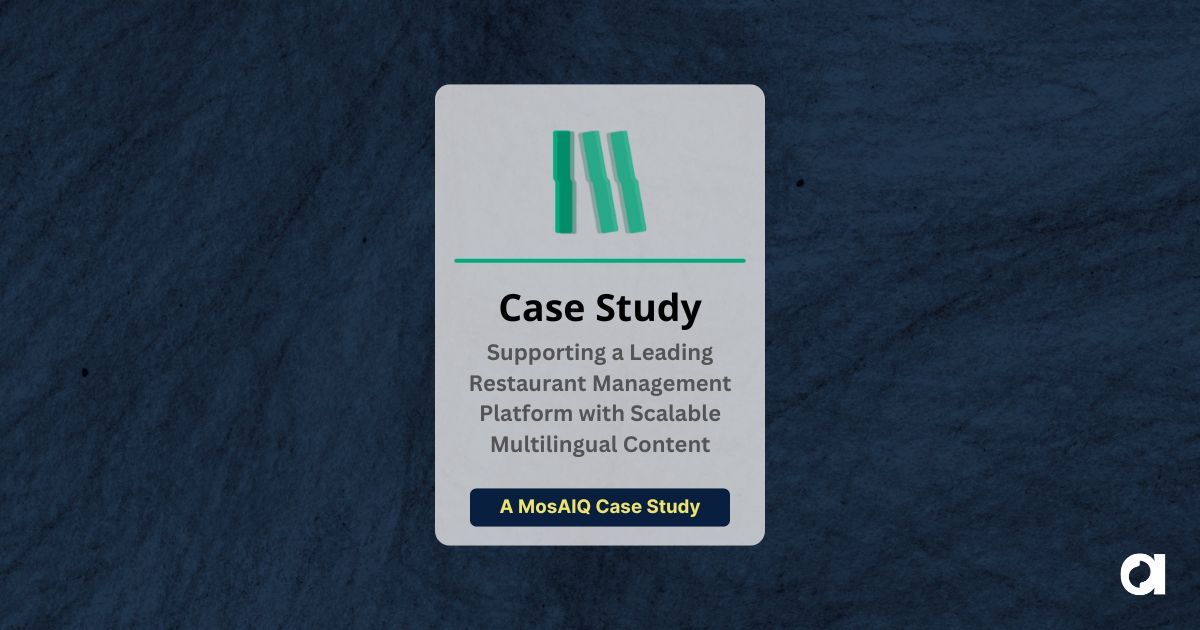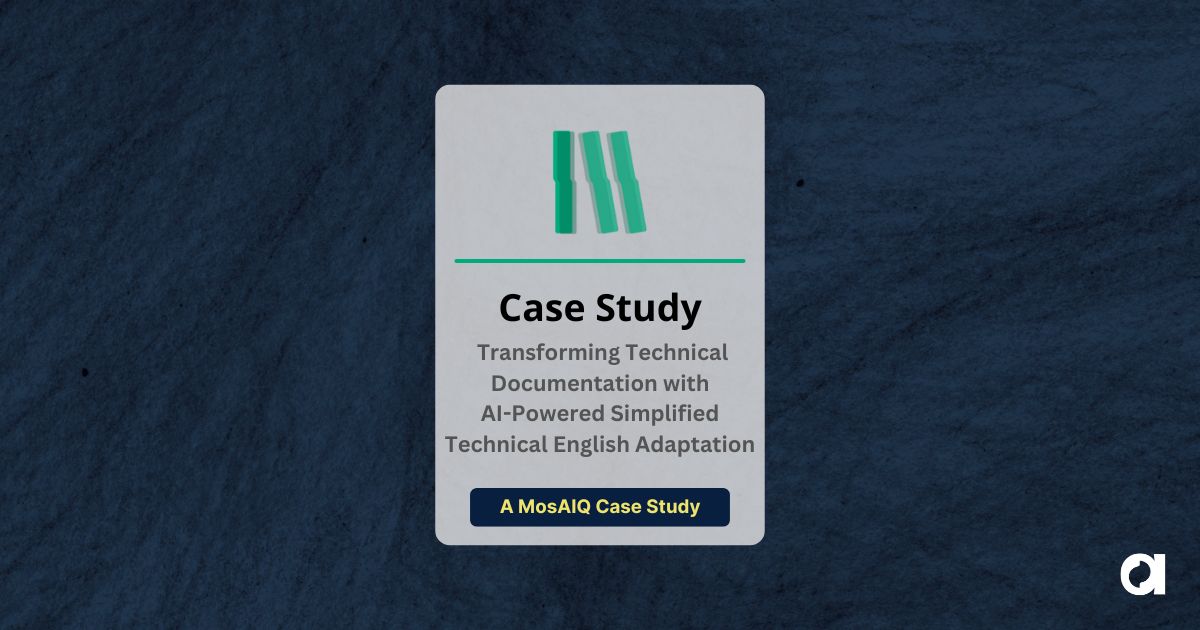This post is based on Episode 6 of Global Ambitions, featuring Kara Warburton. Kara is the Director of Termologic and a translator, linguist, and tech writer with decades of experience in localization and content management. In the episode, Kara and Antoine Rey discuss new ways of thinking about and leveraging terminology.
When you hear the word “terminology”, what do you think of? Do you think of highly specialized language in specific fields like law or medicine?
You might think of terminology as something different from regular language. And you probably think that terminology refers to single words.
But terminology is more than just single words–and it’s found everywhere, not just in law or medicine.
[form_newsletter]
Terminology vs. Microcontent
For Kara Warburton, it’s helpful to think about terminology in terms of microcontent. Microcontent is the smallest repurposable unit of language. Many machine translation engines or computer-assisted translation tools work at the sentence level, treating a whole sentence (or most of it) as a unit of language.
But within those sentences are often short, reusable terms and concepts that appear in different contexts yet have consistency across an organization: for example, the phrases “access control list” or “customer support portal.” This is micro-content: the one, two, and three-word phrases that describe concepts or tools that occur repeatedly in an organization’s communication, documentation, and more.
So now that you know you have microcontent, how do you use it to its greatest effect?

Be consistent
First, identify the units of meaning and repetitive and reusable key concepts throughout your organization. Is the phrase “access control list” or “access control listserv”? Do some people use the “customer support portal” while others use the “customer support page”?
 |
Karl Pfeiffer Senior Language Lead – Senior Terminologist“Managing microcontent will increase consistency throughout your organization’s language assets. A dedicated microcontent database will help standardize your microcontent and reduce costly inconsistencies.” |
Inconsistent terminology reduces content retrievability, lowers search optimization, and more–all of which can impact customer satisfaction, complicate your UX and weaken your brand.
Consistent microcontent also reduces production and translation costs when it’s time to translate your language assets. Your language partners can build more efficient translation memories and machine translation engines if the micro-units of content are the same at every occurrence. And of course, consistent microcontent will accelerate the translation and review process, since no one must set a parameter that the “customer support portal” and “customer support page” are really the same thing in context.
Link your microcontent strategically
With a clear, consistent database in place, you can start linking the microcontent to external systems and create links across microcontent units.
Managing microcontent allows you to leverage that content in any number of ways: indexing, meta-tagging content, automatic content classification, product taxonomies, SEO, smart international marketing, and more.

For example, a microcontent database allows marketing and tech writers to use the ideal SEO keywords in their web content to increase the site’s visibility in search results. Translating that microcontent database helps support smoother localization and international SEO too.
Manage microcontent at the point of creation
When it comes to terminology, micromanaging isn’t a bad thing. Authoring platforms with encoding parameters built-in, like XML, give companies an advantage in leveraging their microcontent over those who are producing and translating content in platforms without that encoding (like Word–great for drafting, not as great for tapping into meta-tagged microcontent databases).
Incorporating microcontent networks from the start makes the process of producing and translating digital content much more efficient and cost-effective. For example, internationalization tag sets (ITS) let writers infuse their content with related tags and relationships among ideas. Down the road, this framework makes localization more efficient and more likely to result in a quality result.
With microcontent- as a core part of a content strategy, companies are finding that it’s easier than ever to deliver consistent, high-quality content.
Want more insights into microcontent strategies? Check out the full Global Ambitions episode. Get in touch if you would like to discuss how to leverage your terminology assets.
 Antoine Rey
5 min. read
Antoine Rey
5 min. read
This post is based on the Global Ambitions episodes “Getting a Head Start on Work Experience” with Calvin Westfall, president of Locale Codes, the translation and localization club at Brigham Young University, and “Localization Certificates to Boost Your Career” with Danielle Marcos, an adjunct professor at the University of Washington and previously a global program […]

 David de Alfonso Méndez
5 min. read
David de Alfonso Méndez
5 min. read
You’ve created a first-rate video and it’s performing well among your local audiences, so now it’s time to make it fit for international markets with high-quality voiceovers. What’s your next step? You partner with a company that offers professional voiceover services. How do you know you’ve made the right decision when you’re not exactly sure […]











